
Tunisia is an exciting land with a lot of history. It has 9 UNESCO world heritage list sites, as well as 15 sites currently on the tentative list. I love visiting places like this – both to learn some history and to get a glimpse of the past.
One of the main “themes” for the press trip I participated on last year to Tunisia was exactly this: UNESCO-sights. “What is an UNESCO-sight” you might ask? I’ll quickly explain.
The UNESCO World Heritage Convention was established in 1972. “A World Heritage Site is a landmark or area with legal protection by an international convention administered by the UNESCO”
As further stated on the same page, “A World Heritage Site may signify a remarkable accomplishment of humanity, and serve as evidence of our intellectual history on the planet, or it might be a place of great natural beauty”.
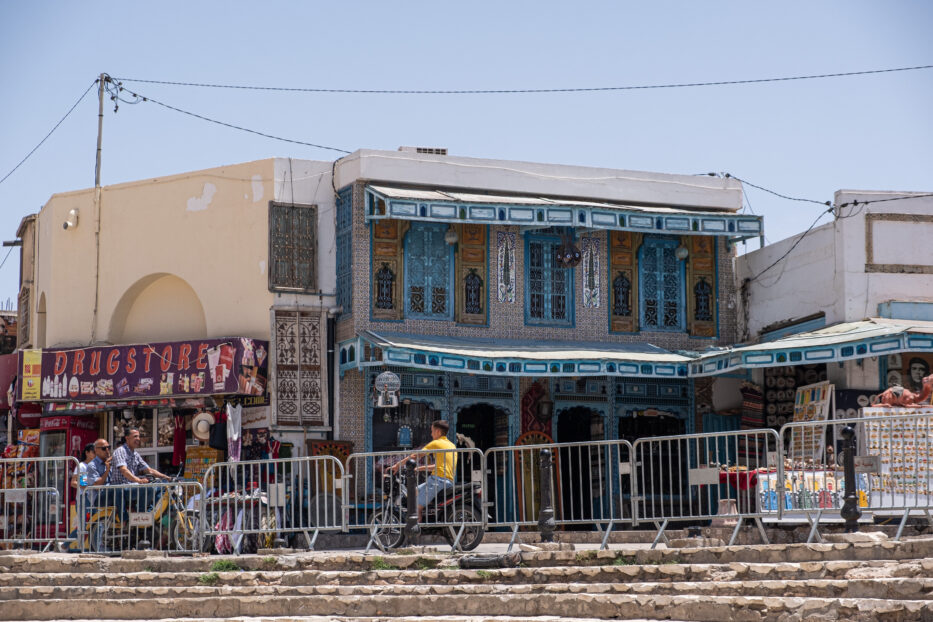
These are some of the UNESCO sights Tunisia has to offer:
The historical Carthage
“Carthago delenda est“
– Cato the Elder, a politician of the Roman republic
“Furthermore, I consider that Carthage must be destroyed”
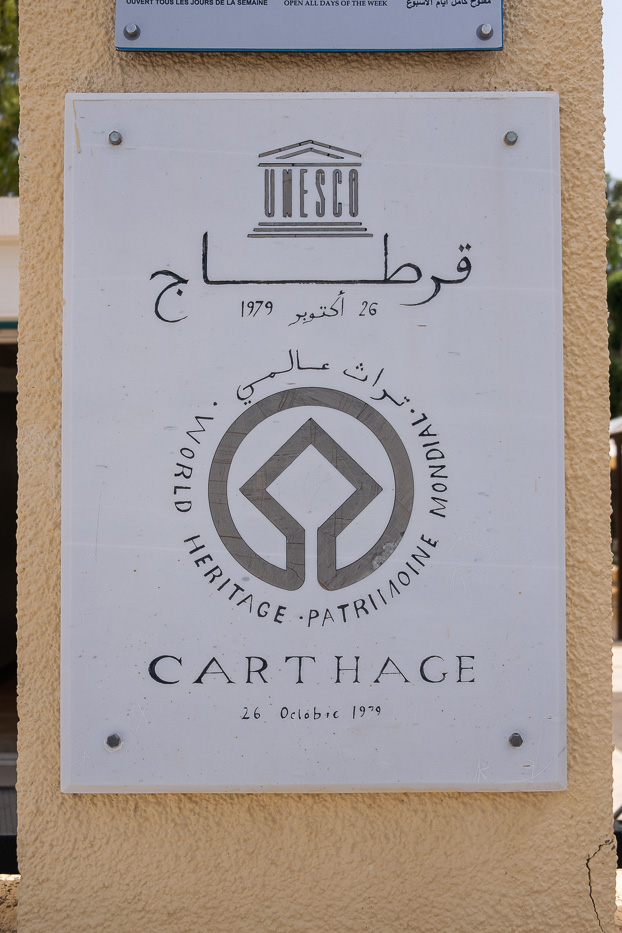
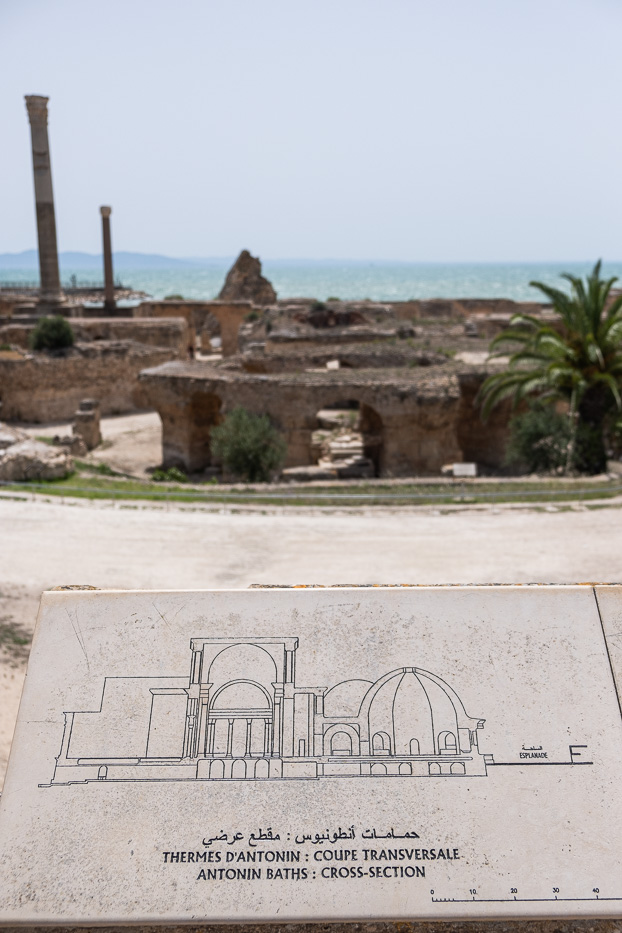
Founded at around 800 BCE, Carthage was at some point the most important trading hub of the Ancient Mediterranean as well as one of the wealthiest cities. The city at some point had more than 700.000 inhabitants.
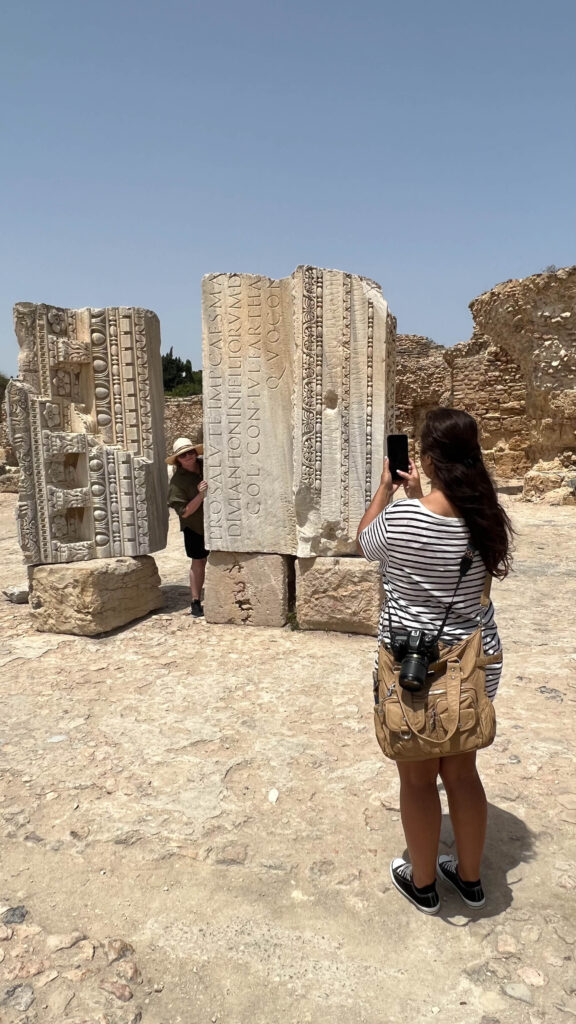
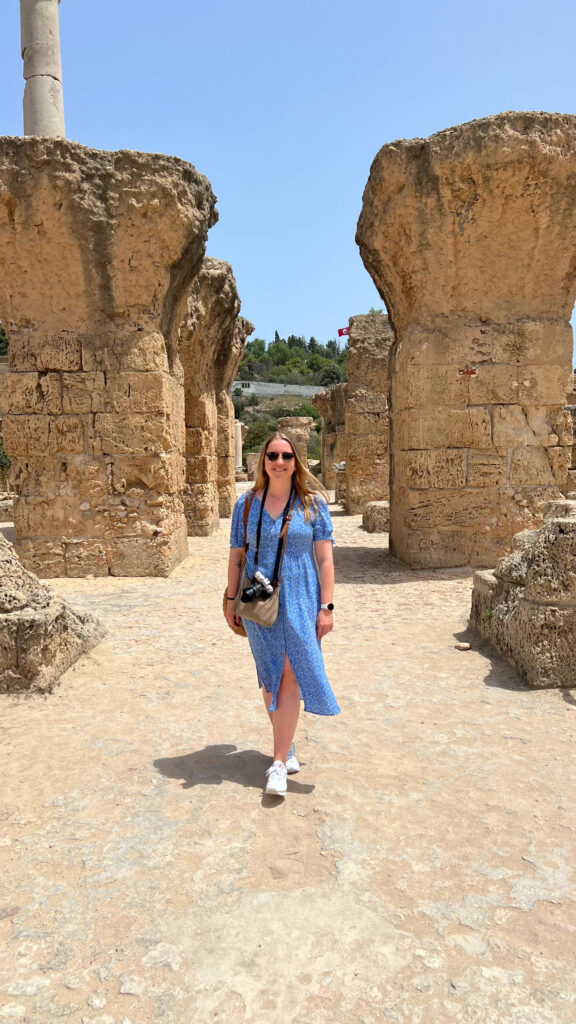
Carthage was the largest rival of the Roman empire, and it is a city that has been built, destroyed, re-built and changed. The ruins of what was once the city of Carthage are listed on the UNESCO world heritage list.
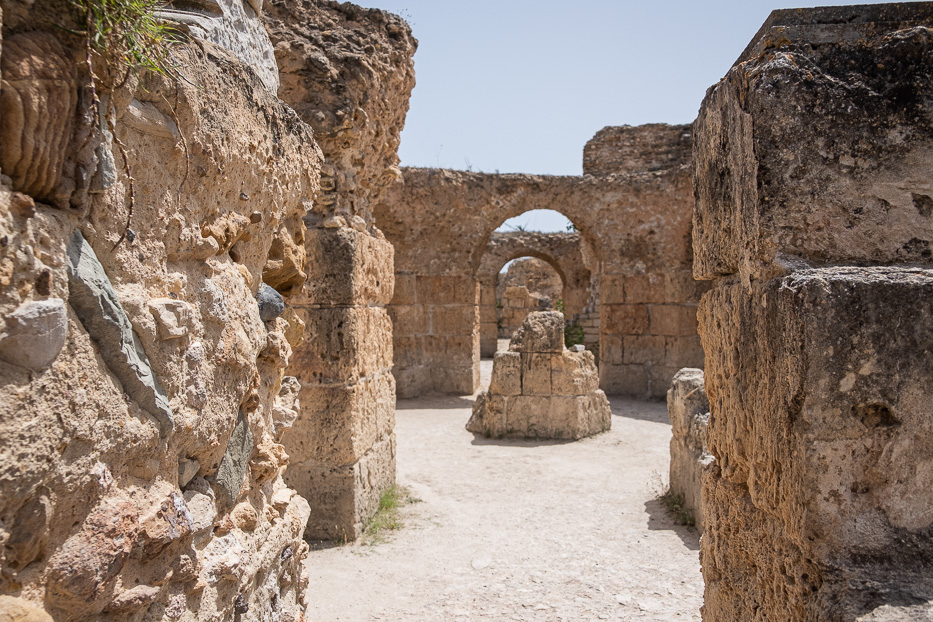
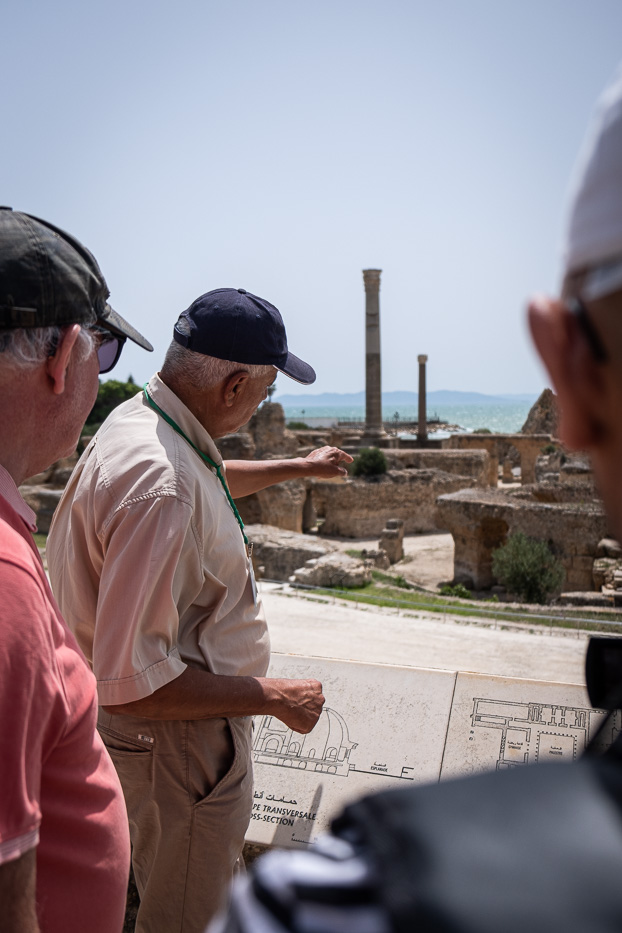
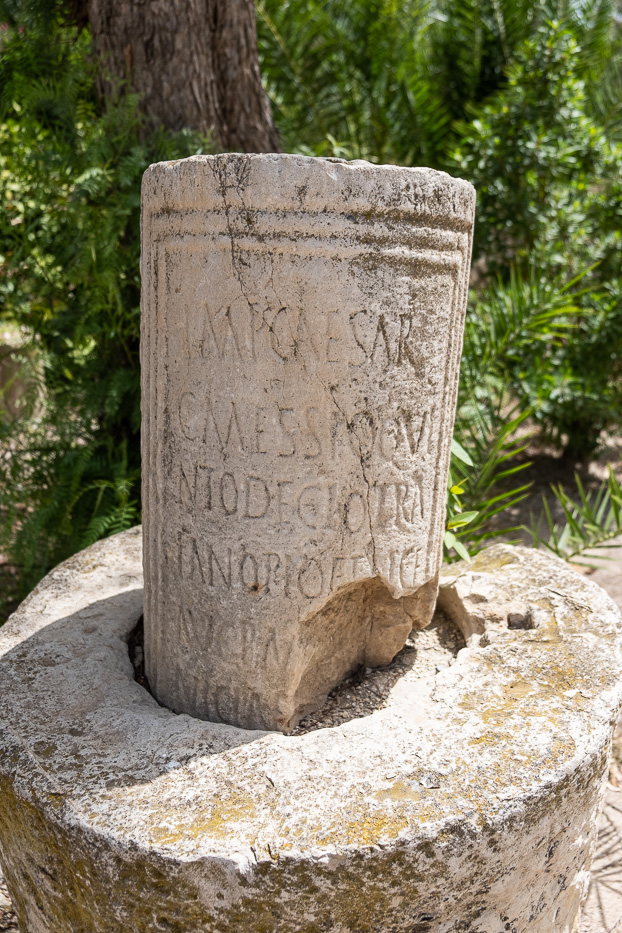
As we visited, we were shown around the site of Carthage by a very knowledgeable guide. It’s always interesting to visit historical places (I find), but I also love having a guide with me, as they can provide extra information. It’s also important for me to have enough time to take photos – something we also had here.
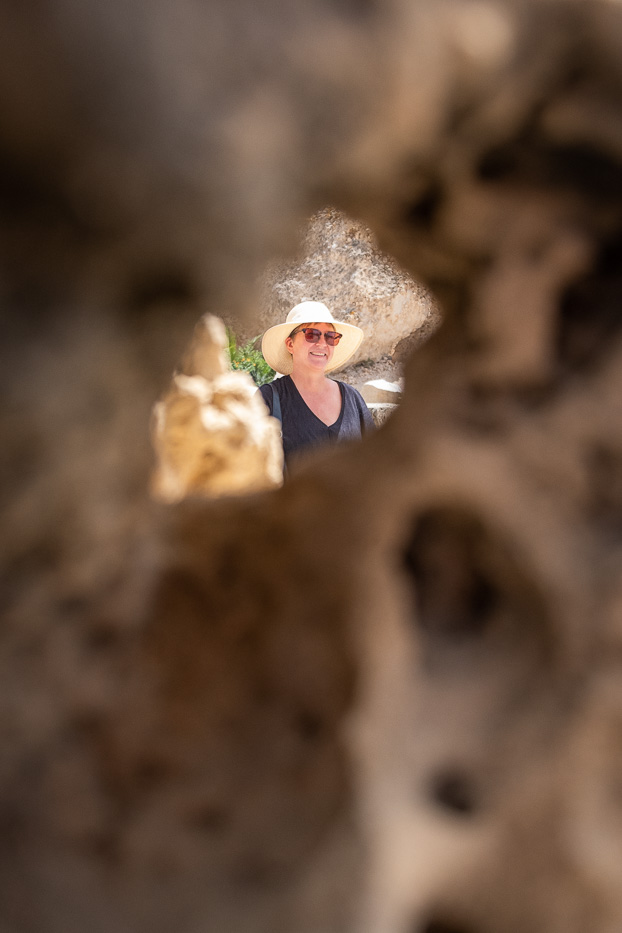
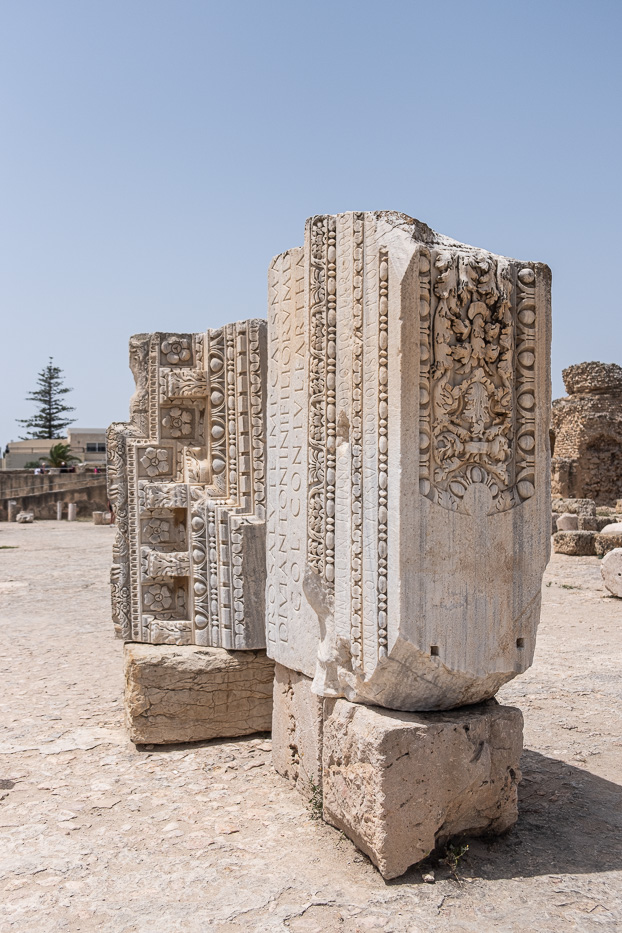
The amphitheater of El Jem
I remember the first time I saw a picture from the amphitheater in El Jem. I thought it was a picture of the Colosseum in Rome, and I was thrilled to know it was not. “There’s more of them?!” was my initial thought, in all my naivety. Yes, indeed there is.
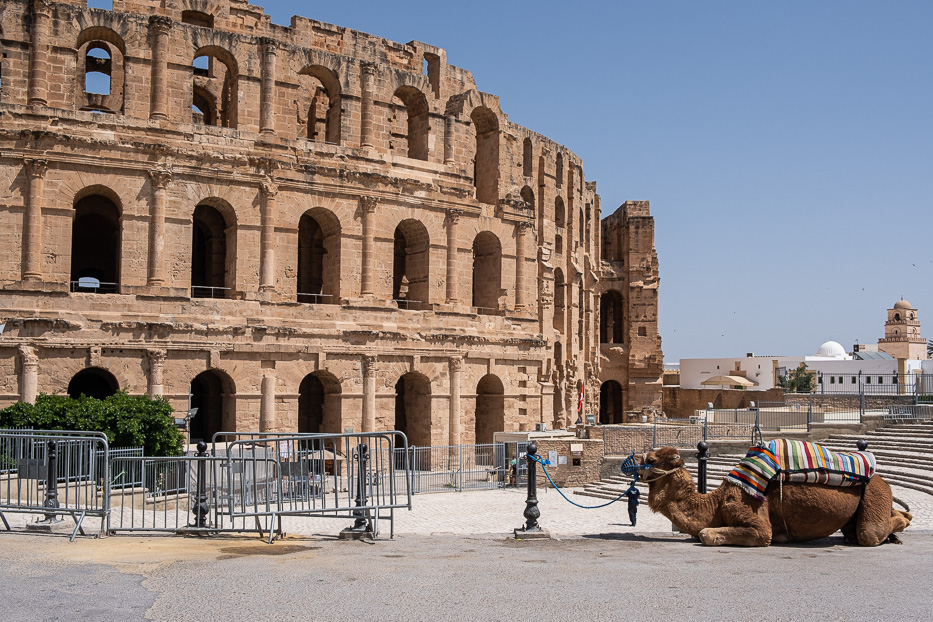
To this day, around 230(!) amphitheatres has been found around the world. To my humble defense, the Colosseum in Rome is the most famous and visited one. Other amphitheatres have been found in Europe, North-Africa and Asia (around where Turkey is today).
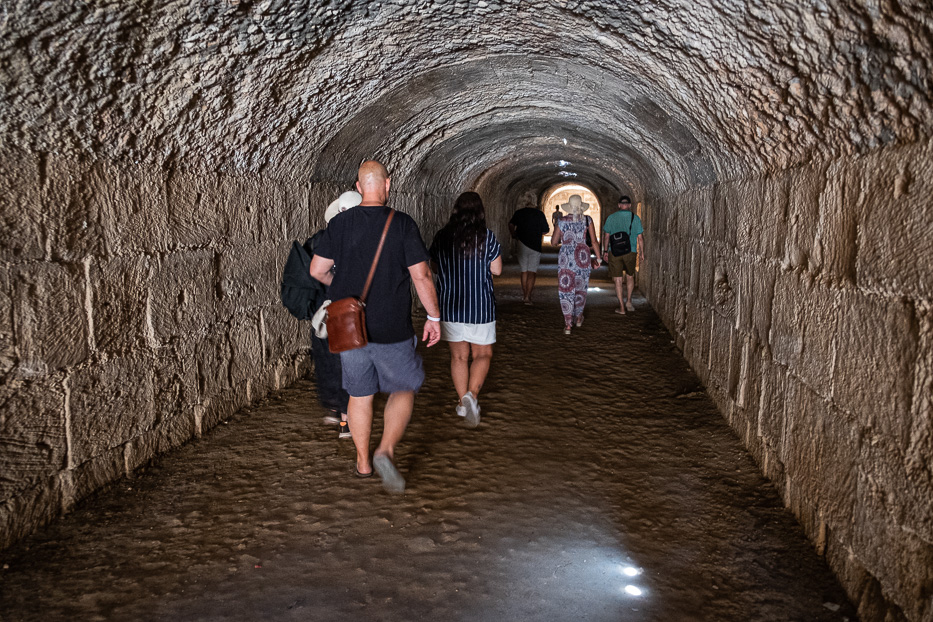
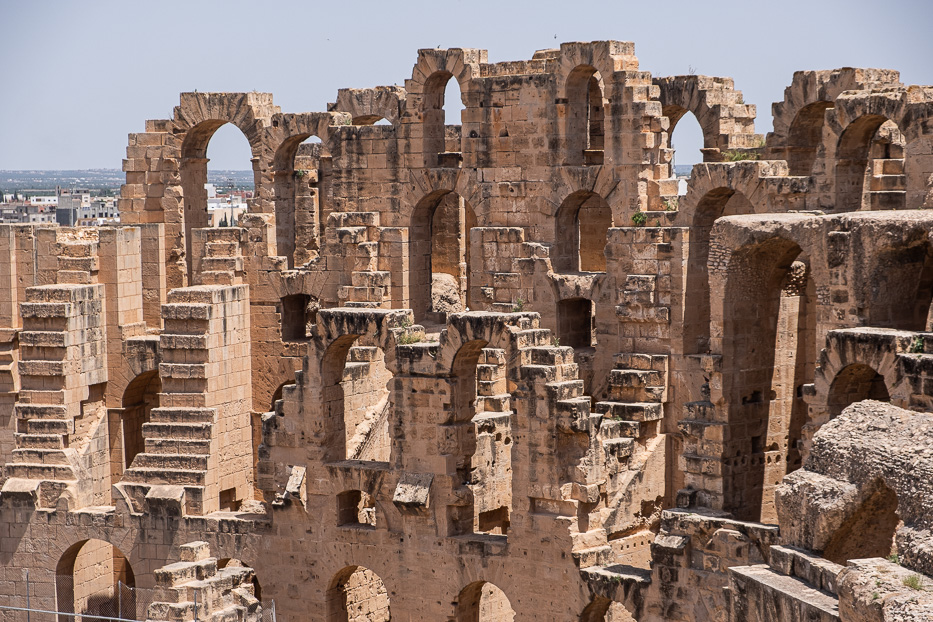
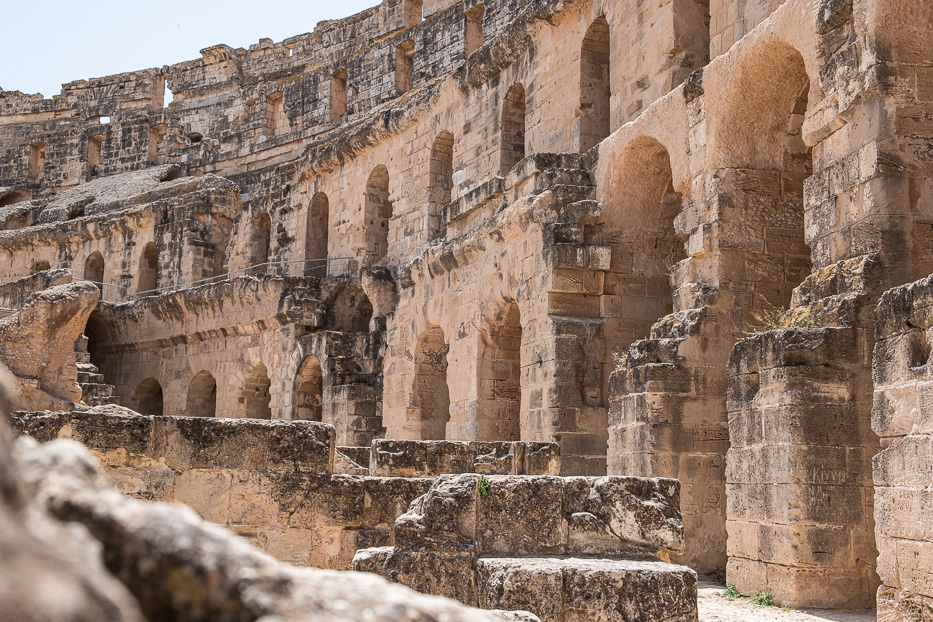
Visiting an old amphitheater is quite spectacular. To be standing somewhere where you know a lot of events have happened, blood being shed, people killed, history being made, it’s rather special.
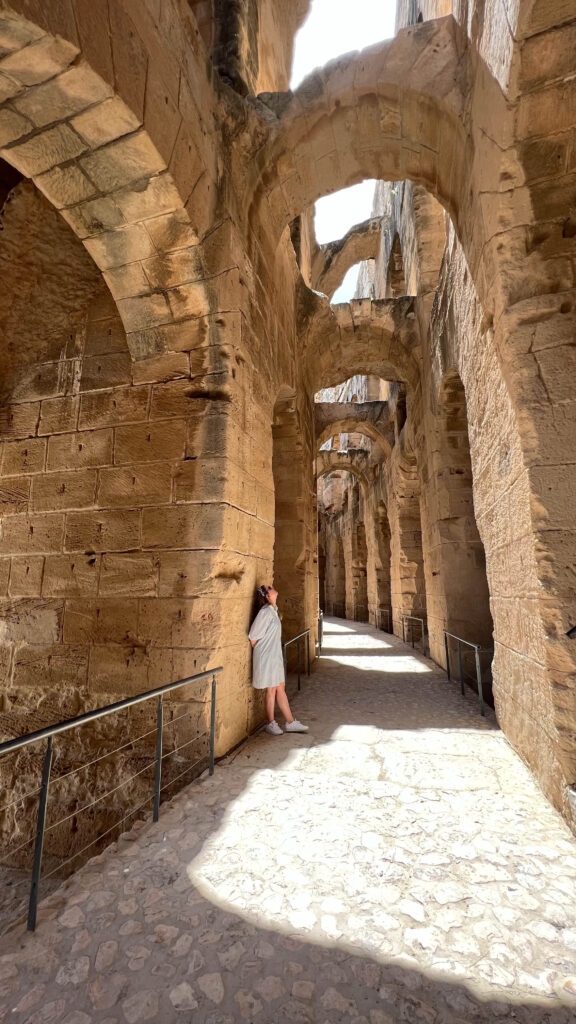
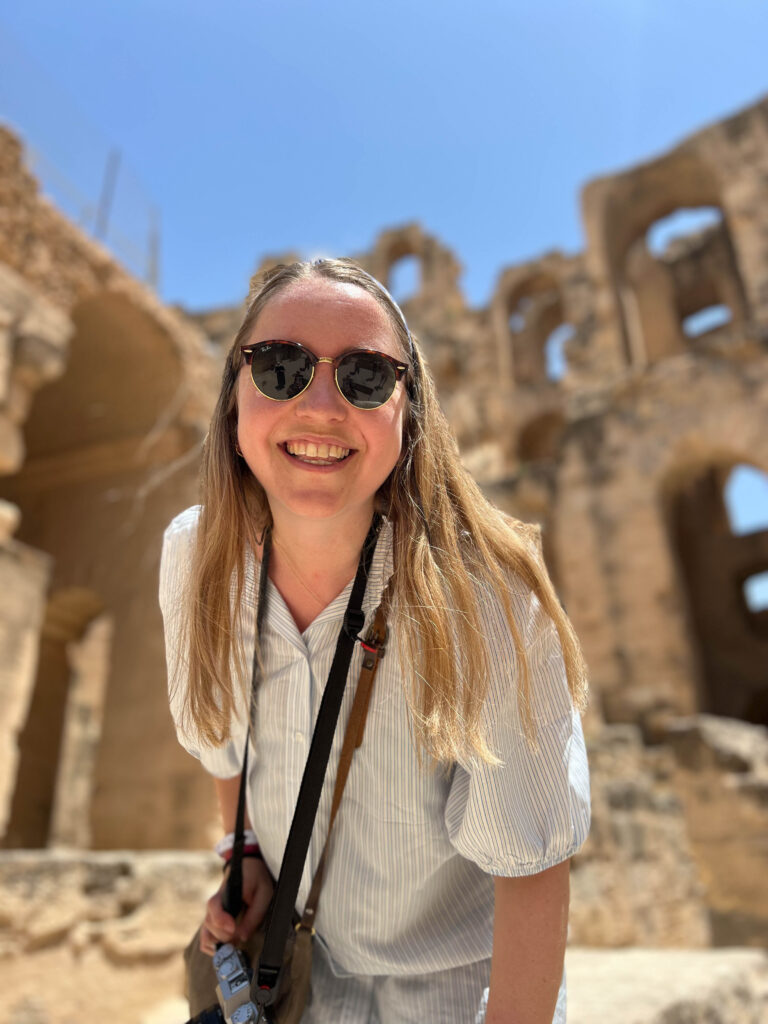
The city of Hammamet
Old meets new in Hammamet, where the marina is rather new. Hammamet’s medina is, on the other side, dated way to the 15th century, while the walls of the fortress even date back to the 13th century.
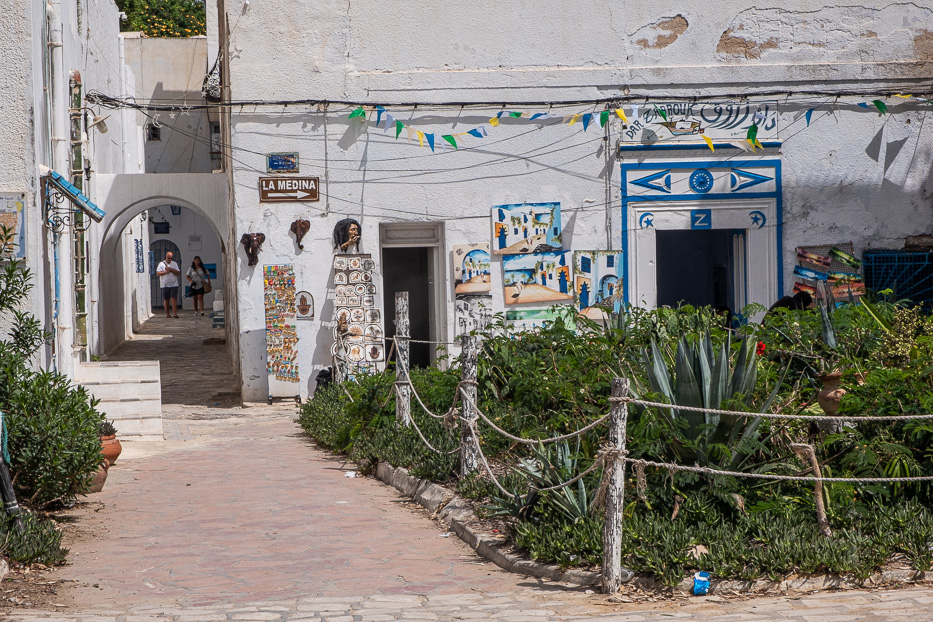
Hammamet is a popular destination particularly in summer time, as you can take a pleasant dip into the Mediterranean sea.
I highly recomment the patisserie called Mongelli, located a quick walk outside the medina. Here you can find a lot of cakes – including gluten free ones, as well as cookies and cones for your ice cream. Yum!
Hammamet medina
The Hammamet medina is from the 14th century. Inside these walls you can basically feel the history in the walls, and walking in these narrow streets between the white houses, people watching, filled me with joy. Old traditions meets new life, and people live their everyday life here.
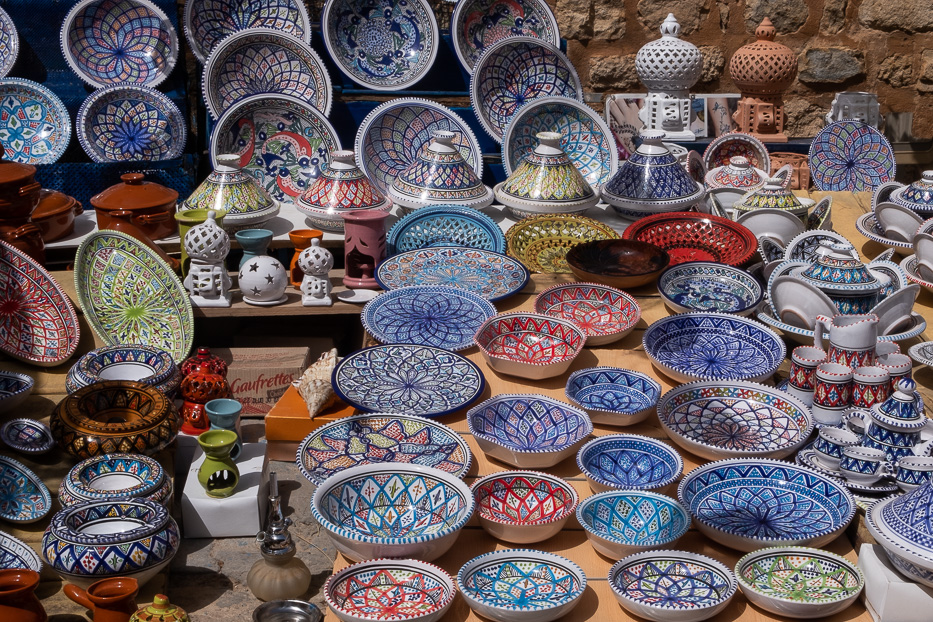
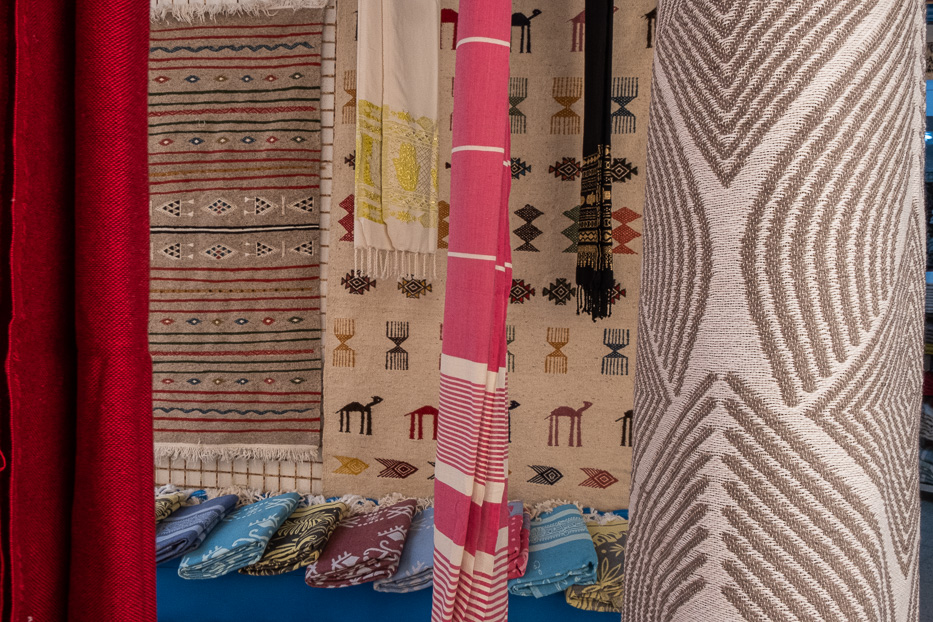
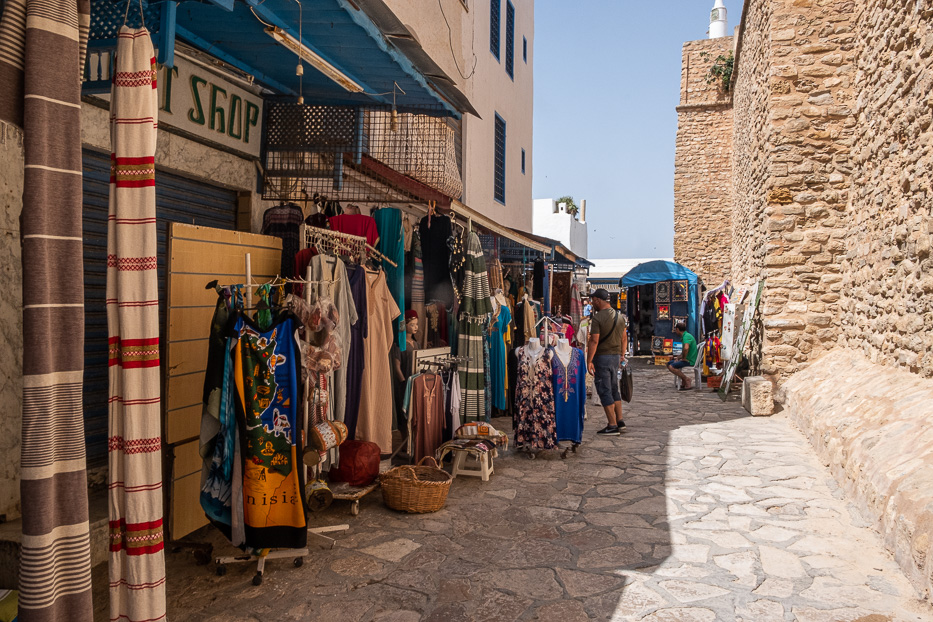
If you want to go shopping, the medina is the place to go. Here you can find traditional carpets, tiles and pottery, as well as souvenirs to bring back home.
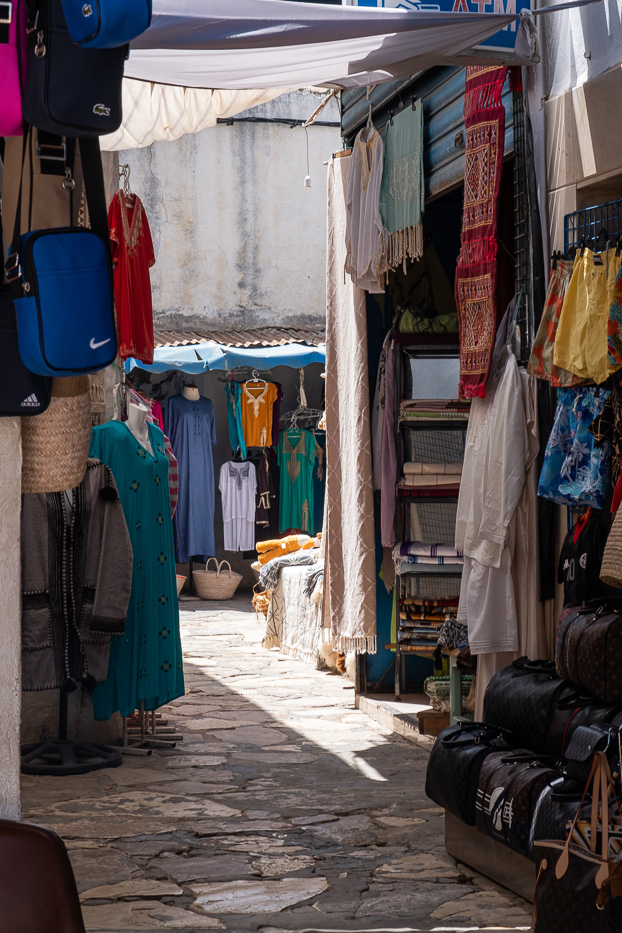
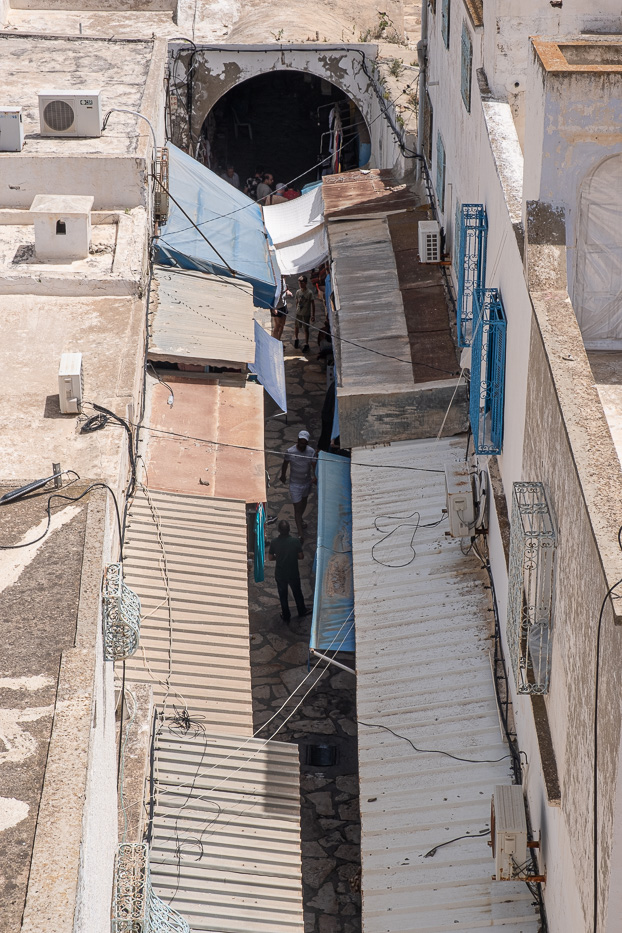
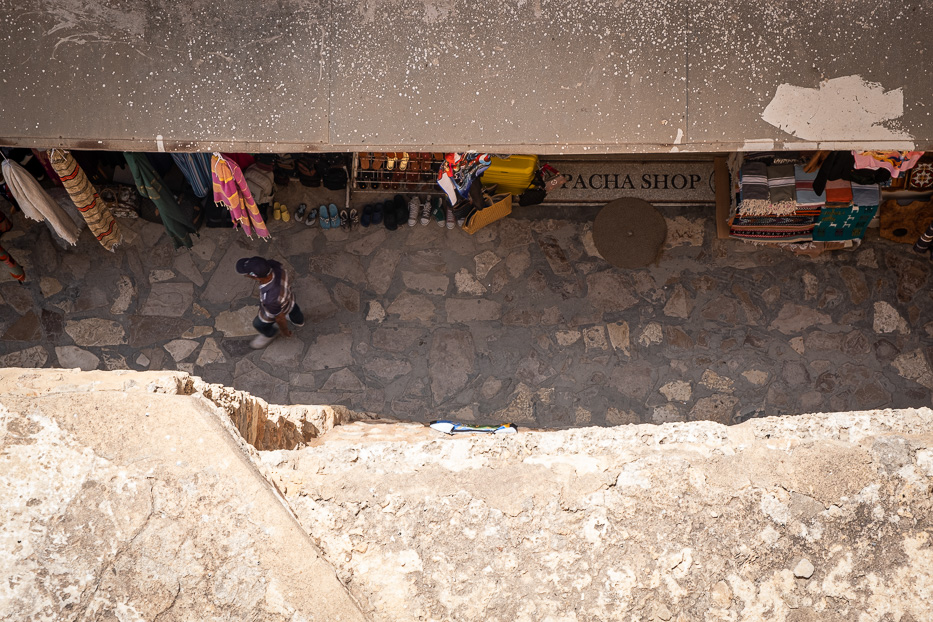
The Hammamet fortress and the old town
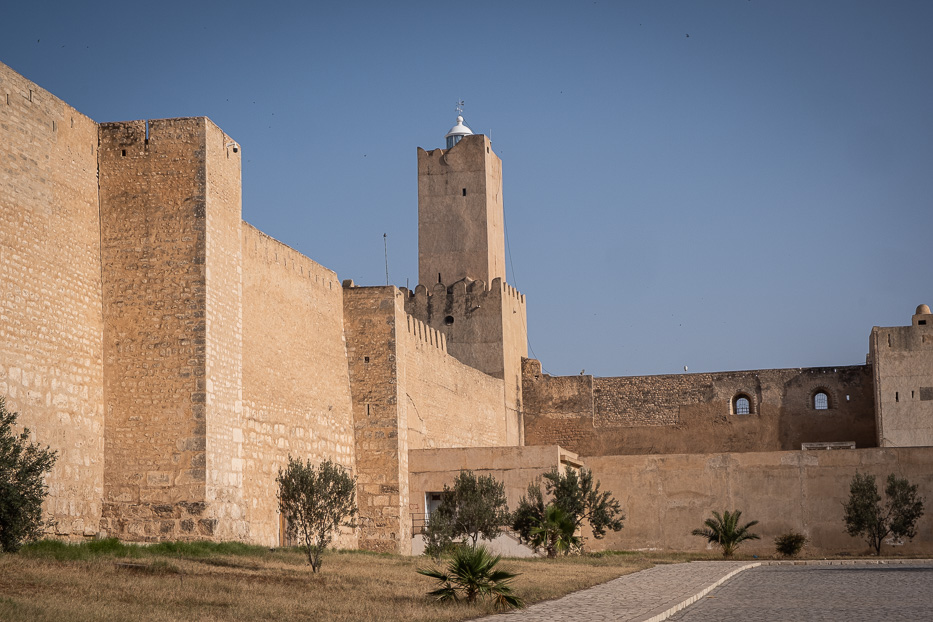
The walls of Hammamet fortress frame the entire old town in Hammamet, and you can walk on the top for a better view, both out to sea and over the medina.
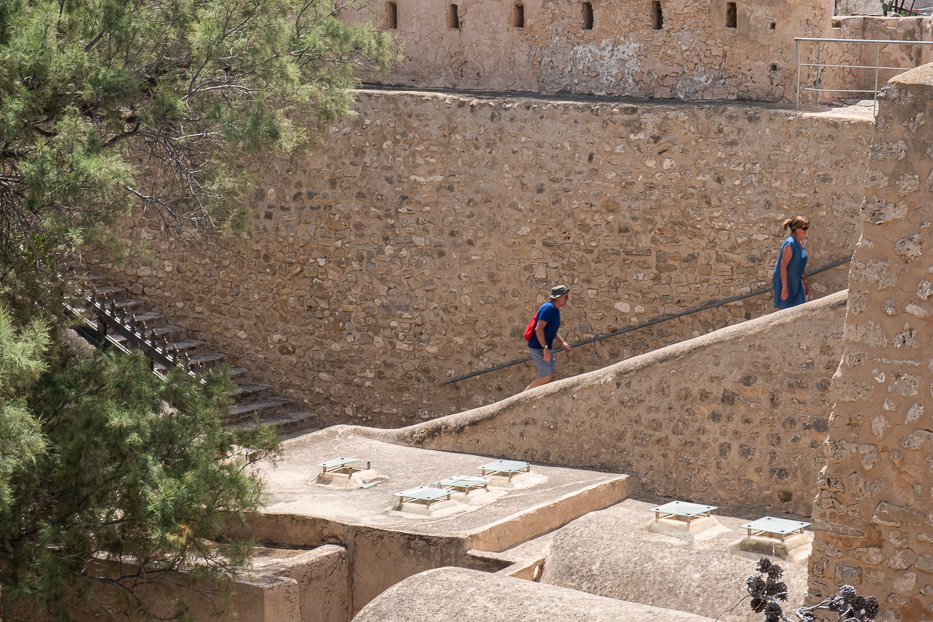
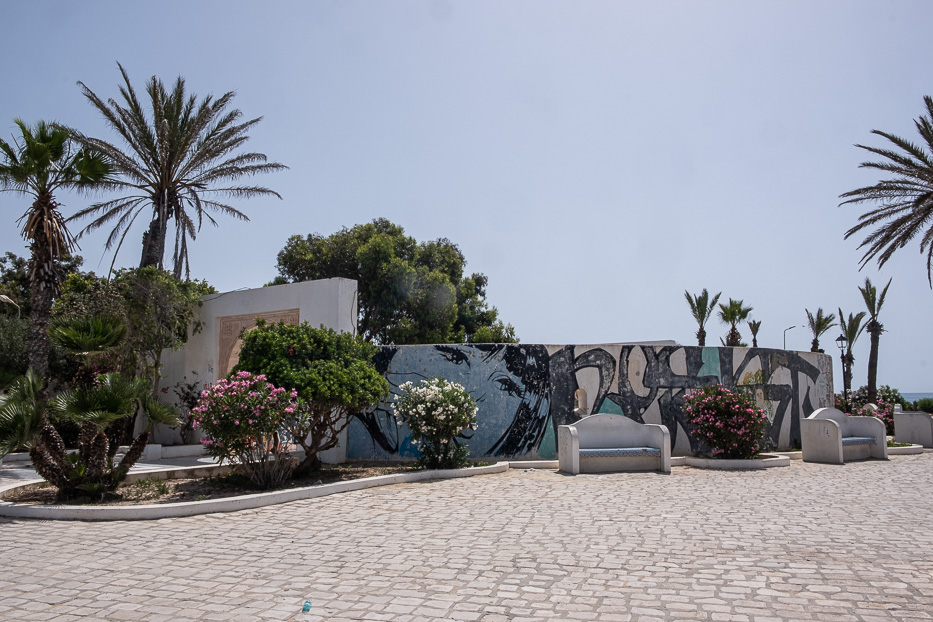
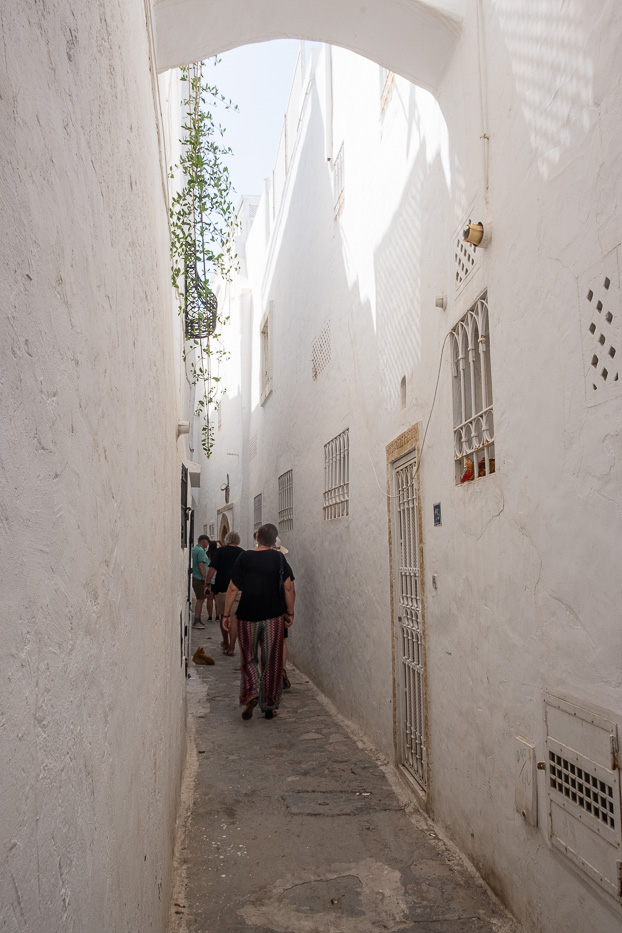
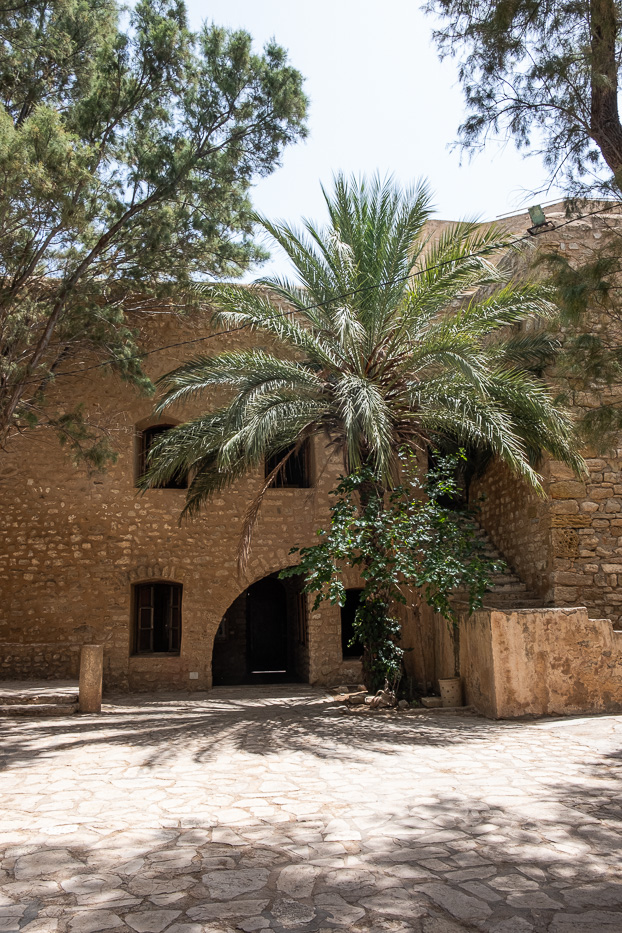
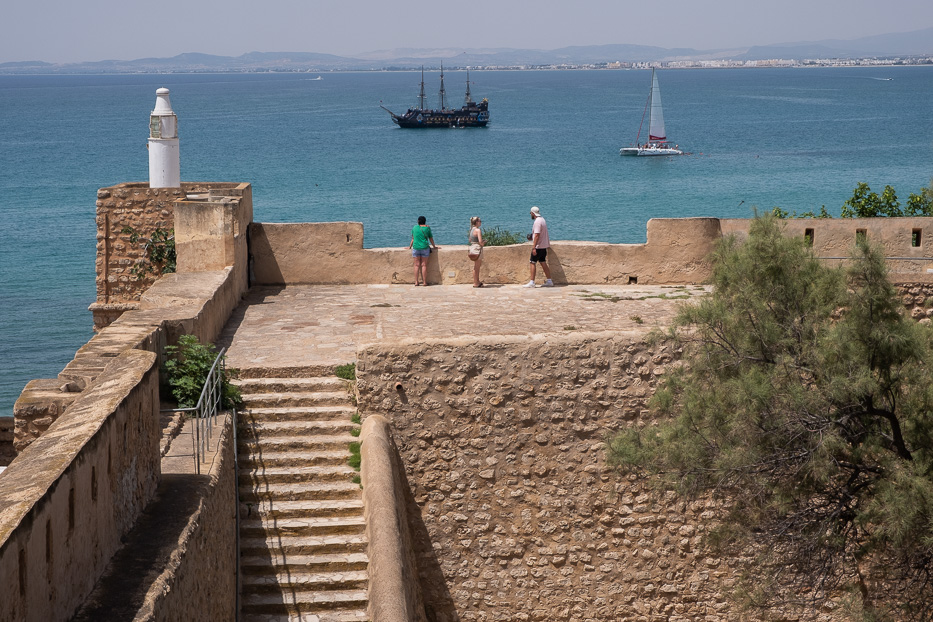
The Zaghouan aqueduct
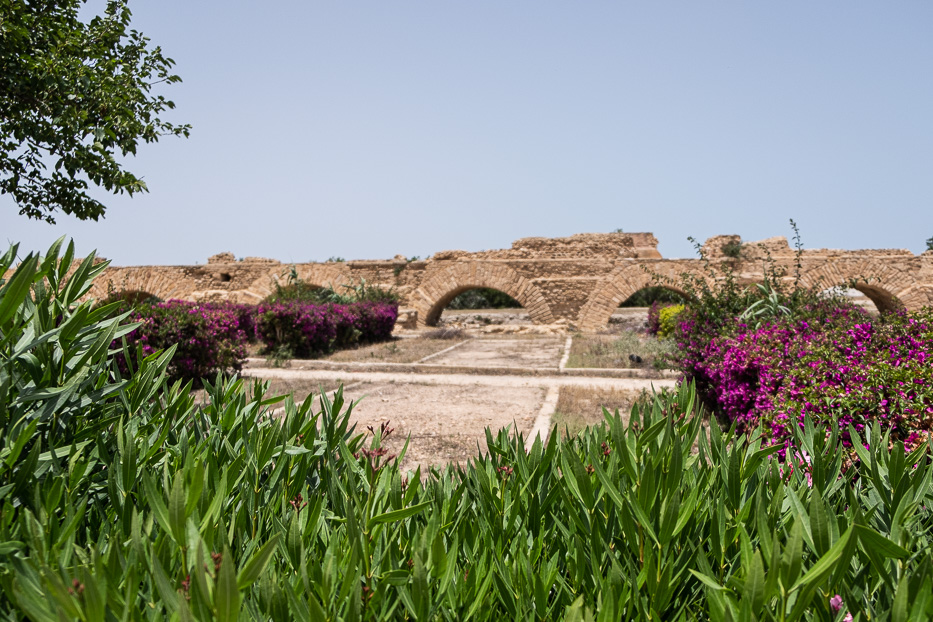
The Zaghouan aqueduct is one of the longest Roman aqueducts. From its source in Zaghouan it was 132 km long, providing water to the city of Carthage. Today the aqueduct is no longer used for water, but it still provides an important feature – as a nesting site for several types of birds.
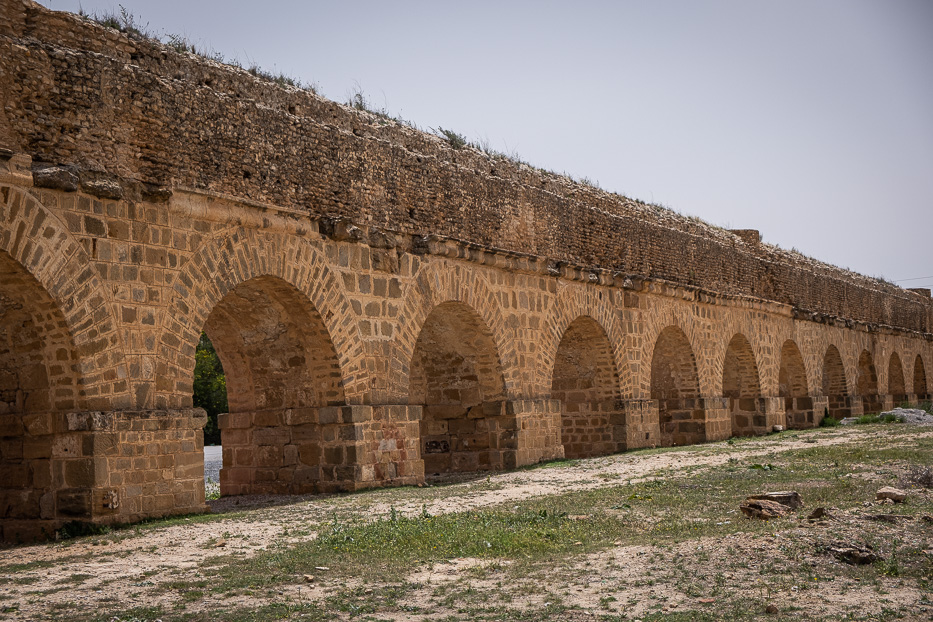
Oudhna/Uthina
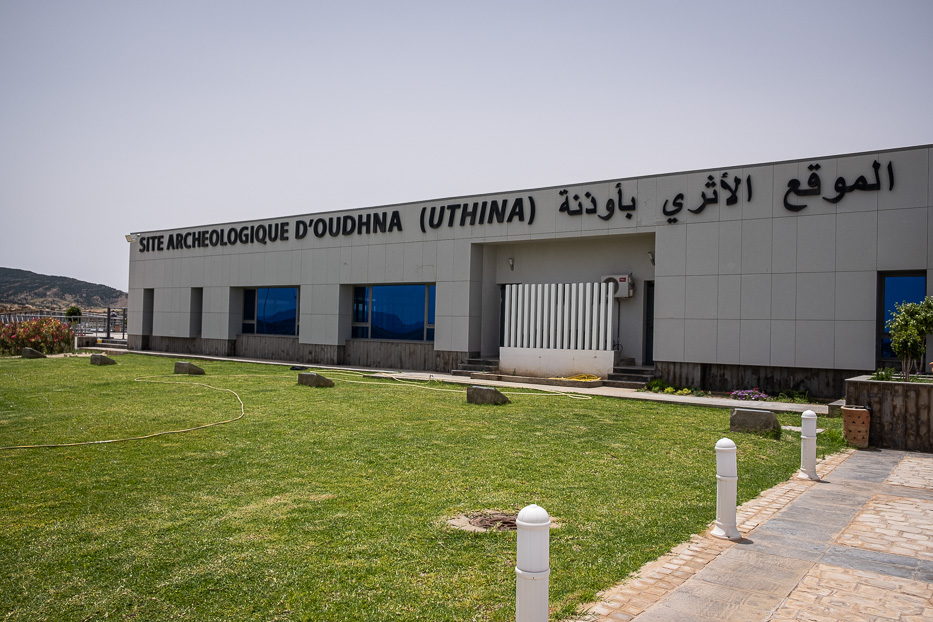
About 1 hour drive outside the city of Hammamet you can find Uthina. Uthina (also known as Oudna) was an ancient Roman-Berber city. Today you can visit the ruins, which takes up nearly 3 miles. Here you can see a theatre, an amphiteater, an aqueduct and so on.
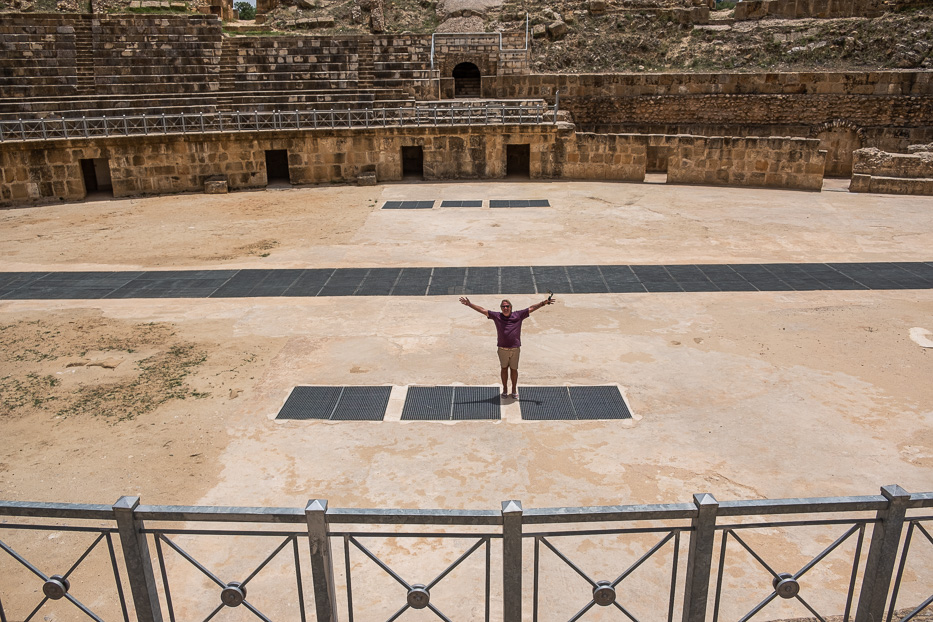
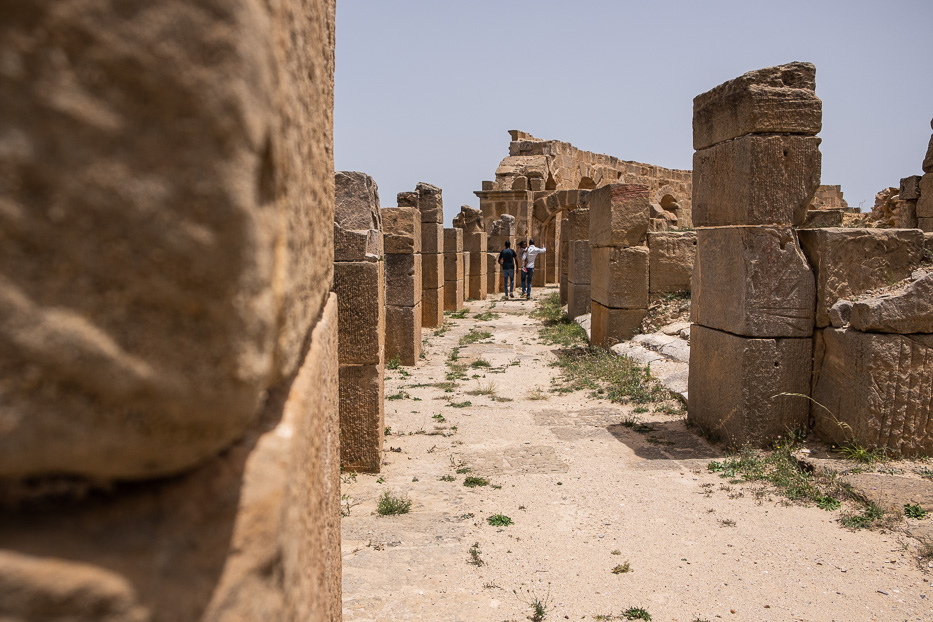
The area is spacious, outdoors (also with a airconditioned visitor center, where you find a lot of historical information about the area, a café and toilets) and you can freely wander around.
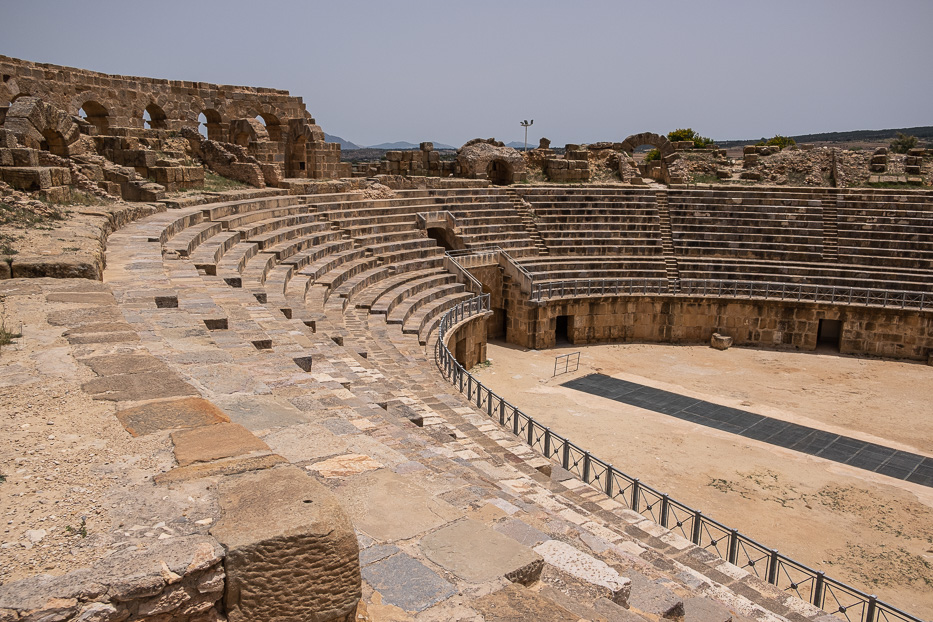
The site of Oudna can also be reached by train from Tunis to Kef.
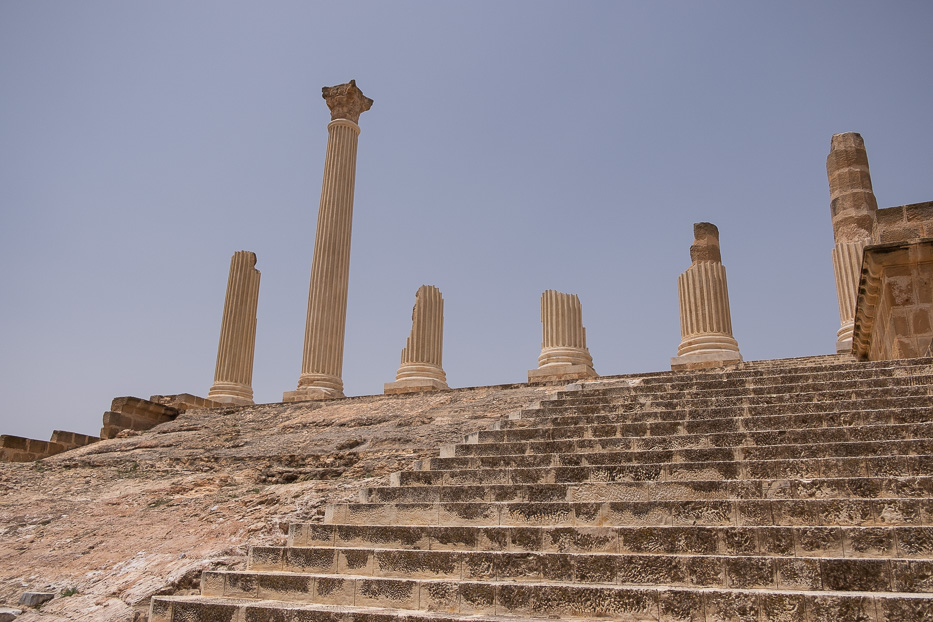
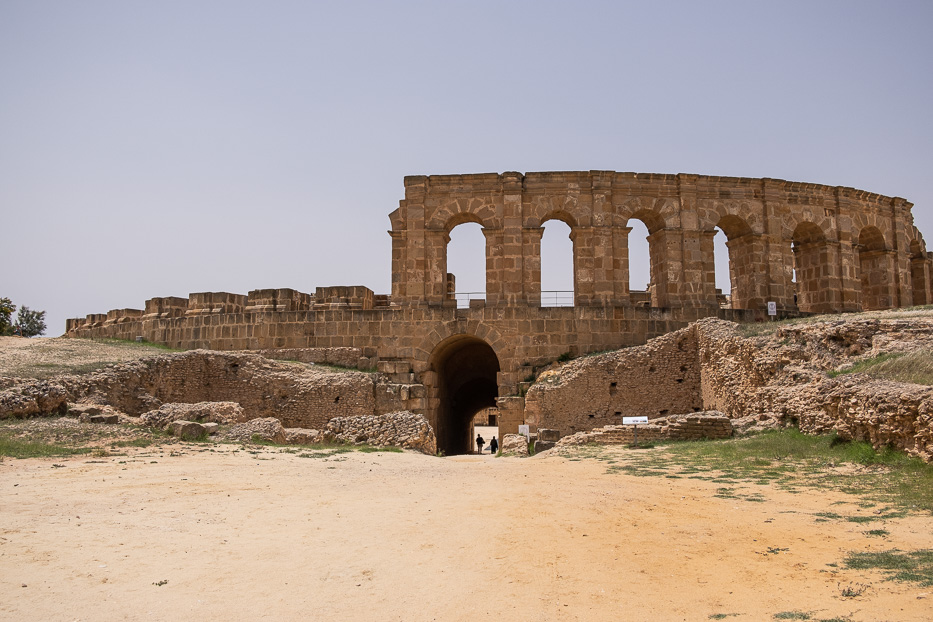
The city of Sousse
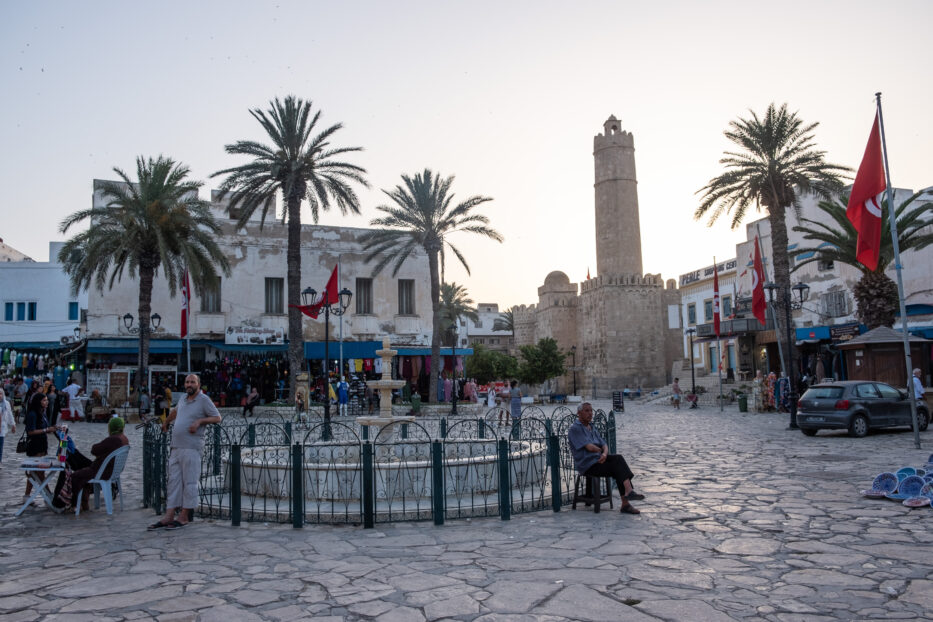
Long, white beaches and crystal clear water is some of what Sousse is known for. The city of Sousse is located around 140 km south of Tunis.
Around 10 km away from Sousse you can find Port El Kantaoui, which is very popular amongst tourists. The port is lively at night, with restaurants, shops and cafés, as well as golf courses.
The Sousse Medina and Museum
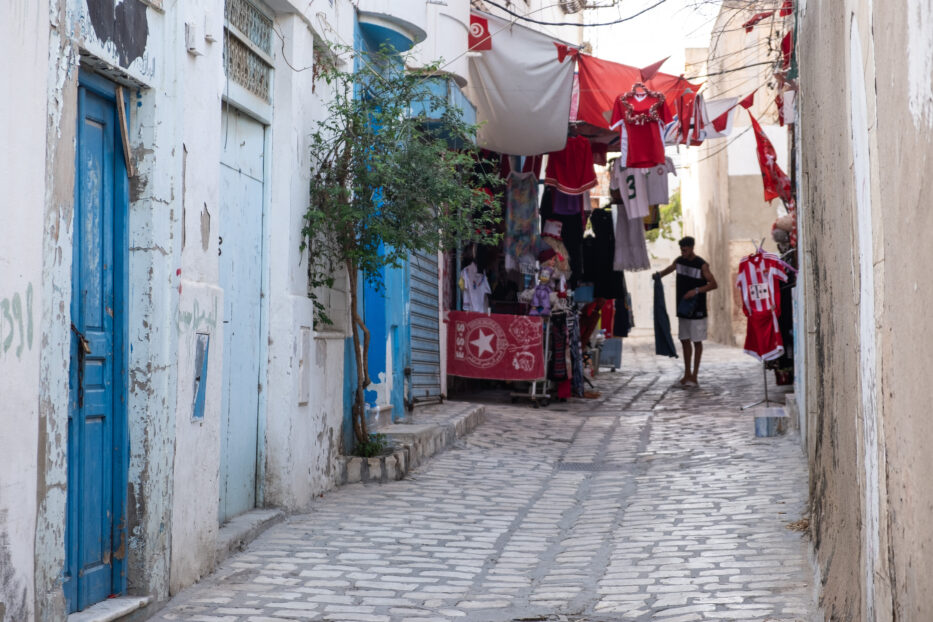
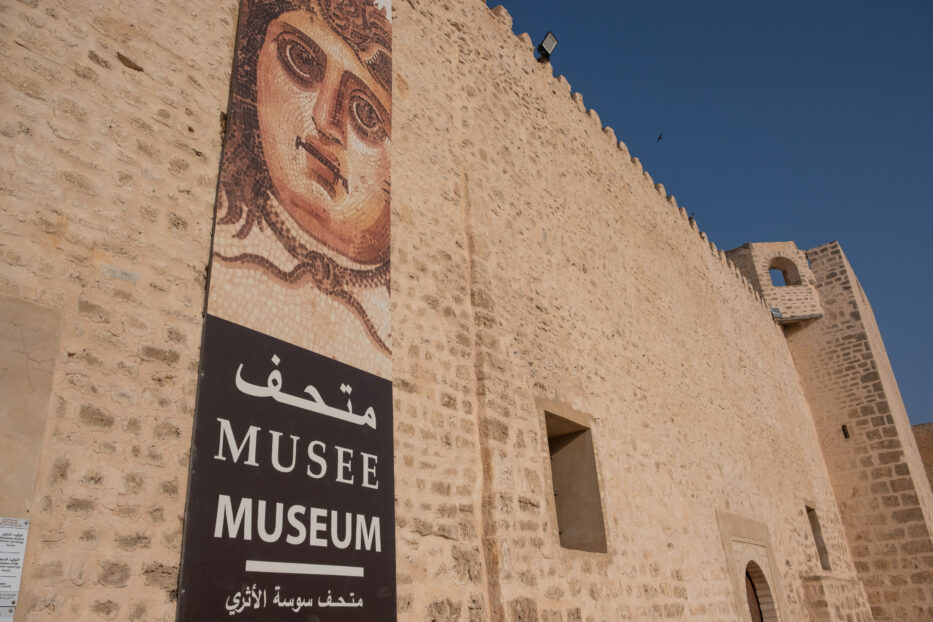
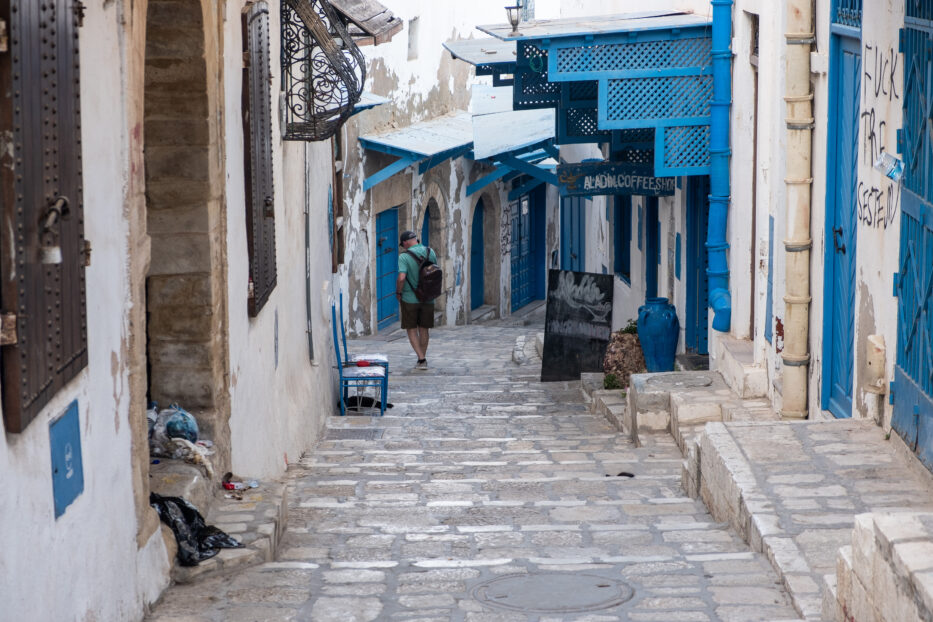
The medina in Sousse has been on the UNESCO world heritage list since 1988. In the medina you can haggle with sellers, and get a good price for a huge variety of locally produced goods.
The city of Mahdia
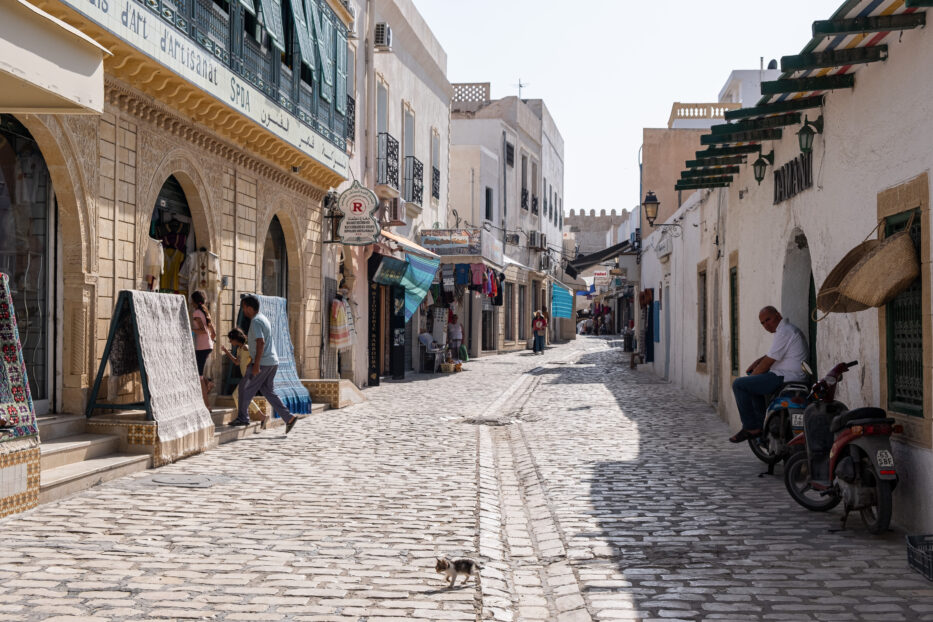
Mahdia is a traditional fishing village, founded in the year 921. Here you can of course visit the old town, the beach and the great mosque (as you should).
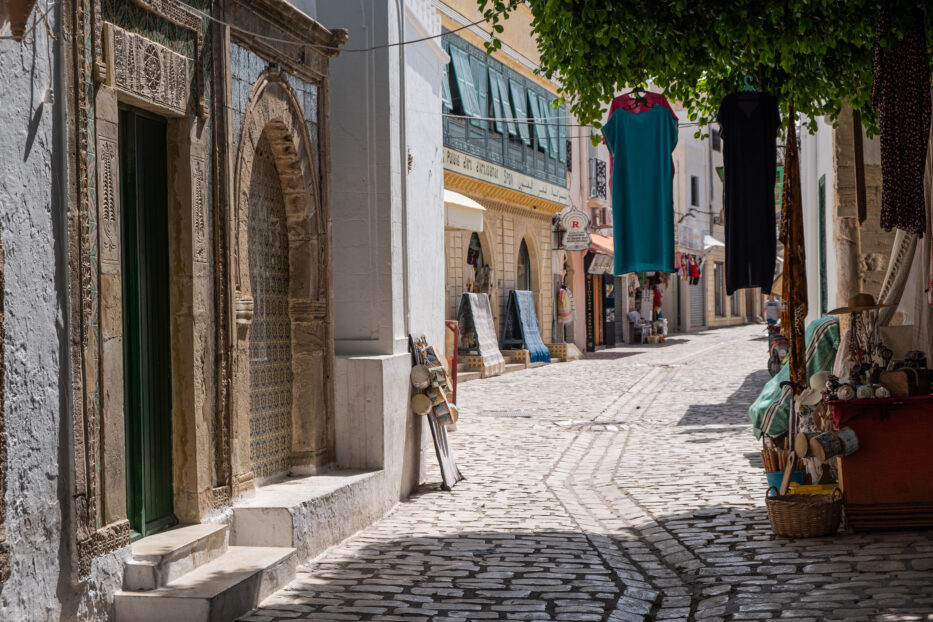
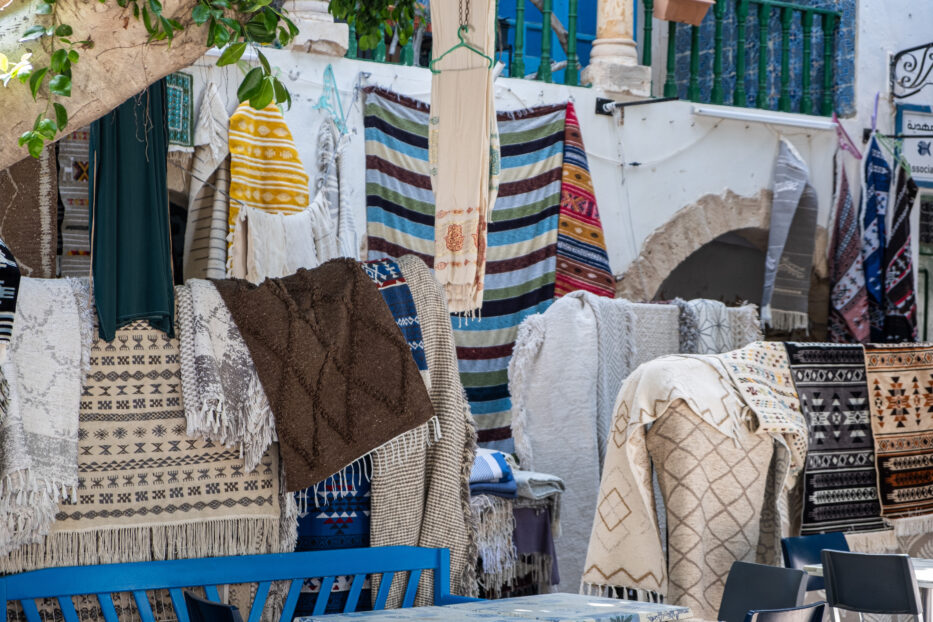
However, I want to set focus on a somewhat special site we visited while in this town:
Cimetiere Marin de Mahdia
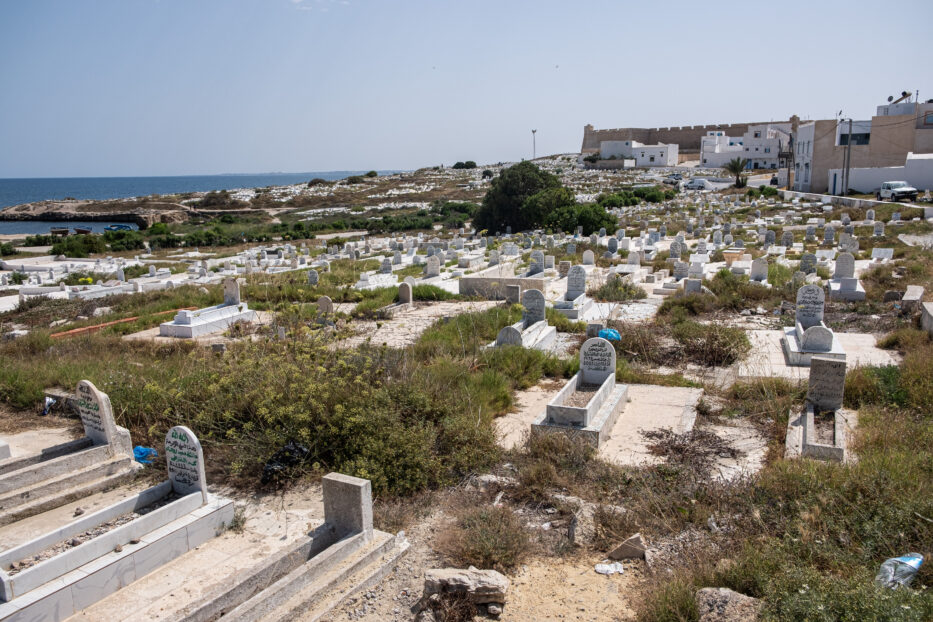
Cimetiere Marin de Mahdia might not be your usual site to visit while on holiday. This is actually a marine cemetery, but it has the most beautiful and serene location just next to the shore. The tombs are both all and new, without order.
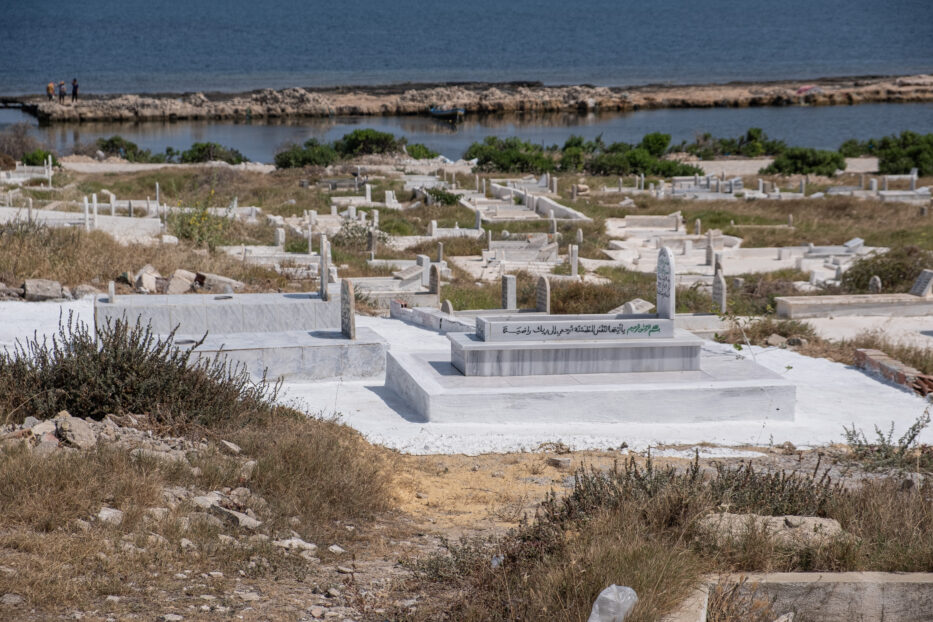
Another interesting detail is that all of the graves are facing the same way. They’re located near the shore to provide a fresh breeze to the dead (at least that is what our guide told us). I can’t tell if the dead appreciate the breeze, but I do believe those visiting their beloved ones might be able to appreciate it.
Sidi Bou Said
Although not on the UNESCO list, the city of Sidi Bou Said deserves a mention here. The city, which has been famous for its many artistic residents even since the 18th century, is a popular destination. With its cobblestone roads, white buildings and blue doors, the city is a sight for sore eyes.
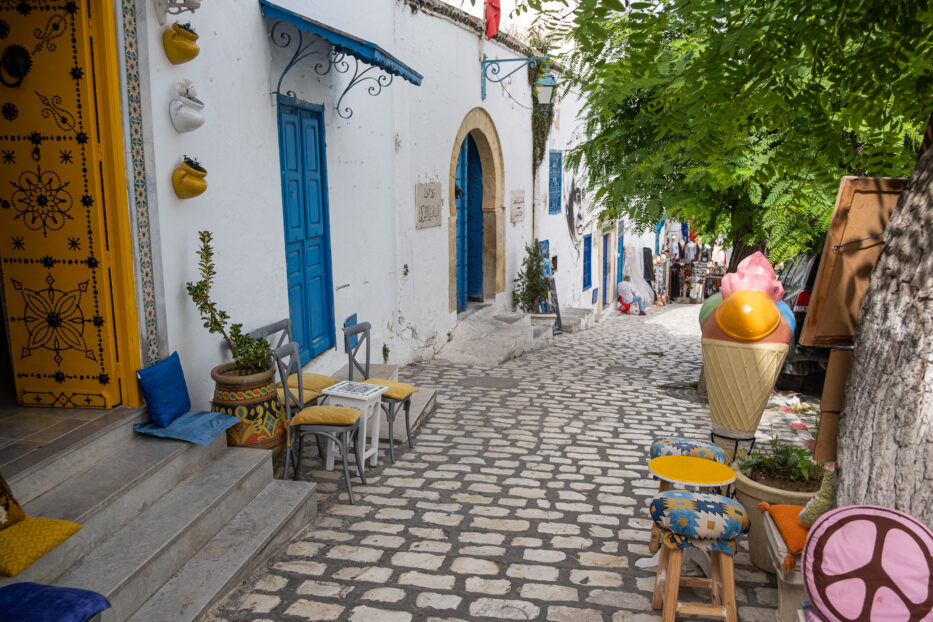
Sidi Bou Said was an instant favourite amongst the entire group – and I think it was both because it was such a picturesque city, as well as the charming atmosphere. I highly recommend having a relaxing coffee (or tea) at Café des Delices, which has the most beautiful placement just above the sea.
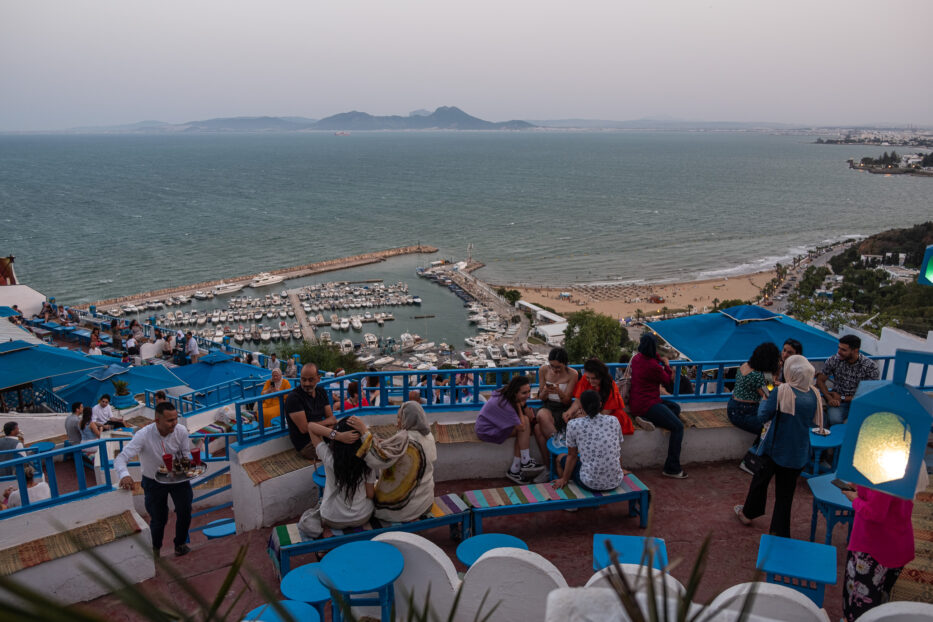
I’ve written an entire post about Sidi Bou Said earlier, which can be found here.
About this post
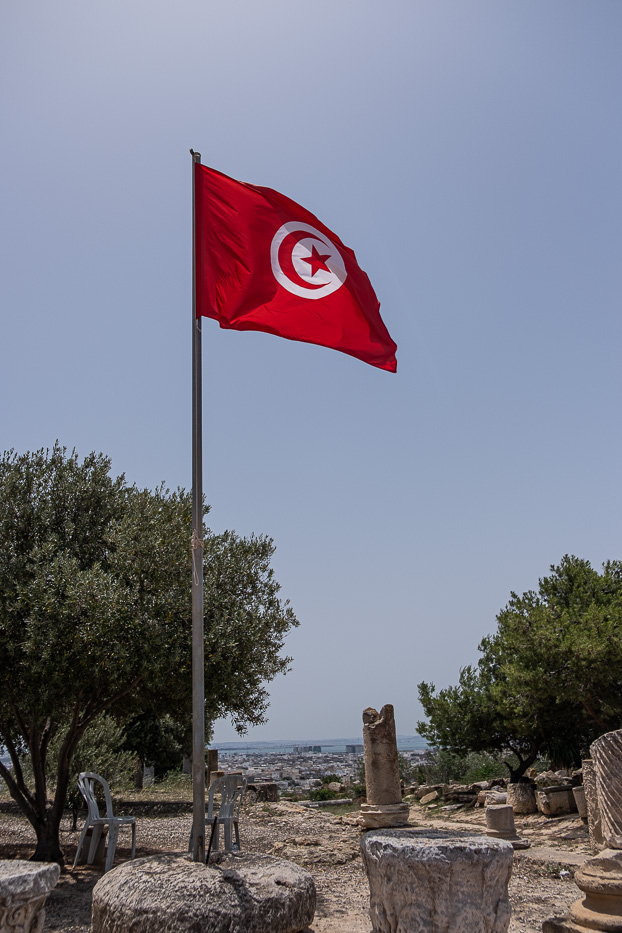
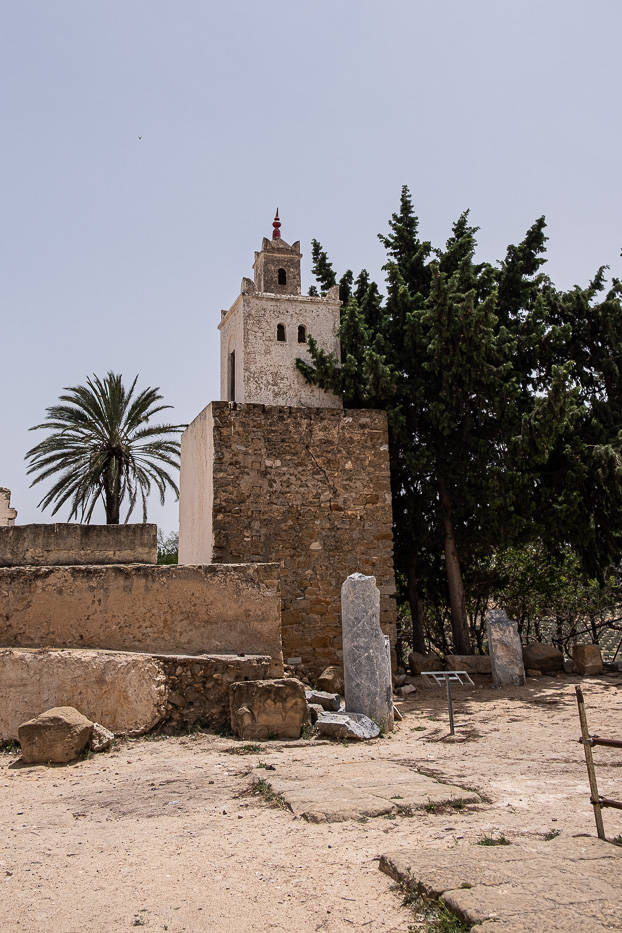
This post is written after a sponsored press trip to Tunisia, in collaboration with DiscoverTunisia, but with no instruction of what to write afterwards.
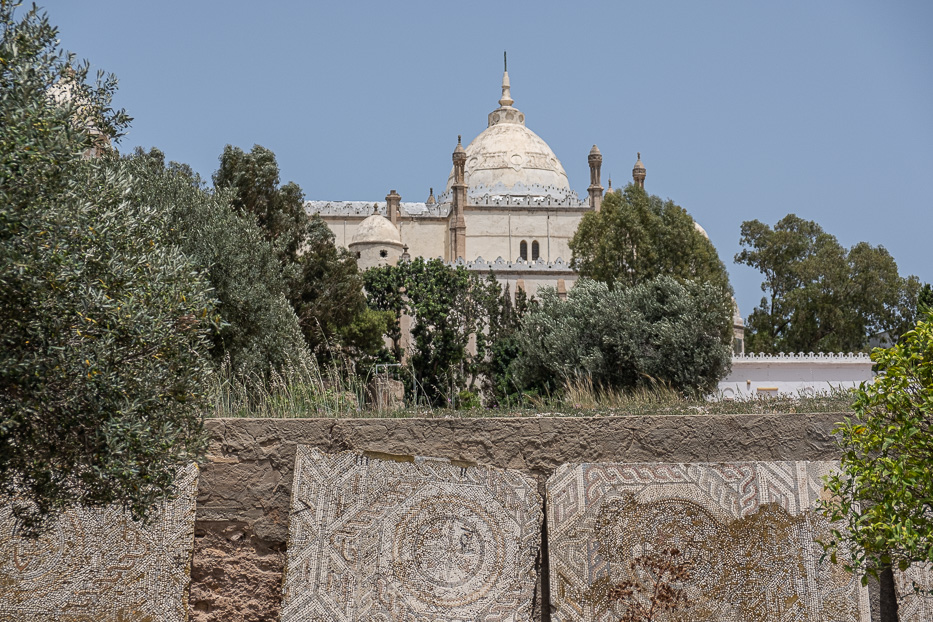
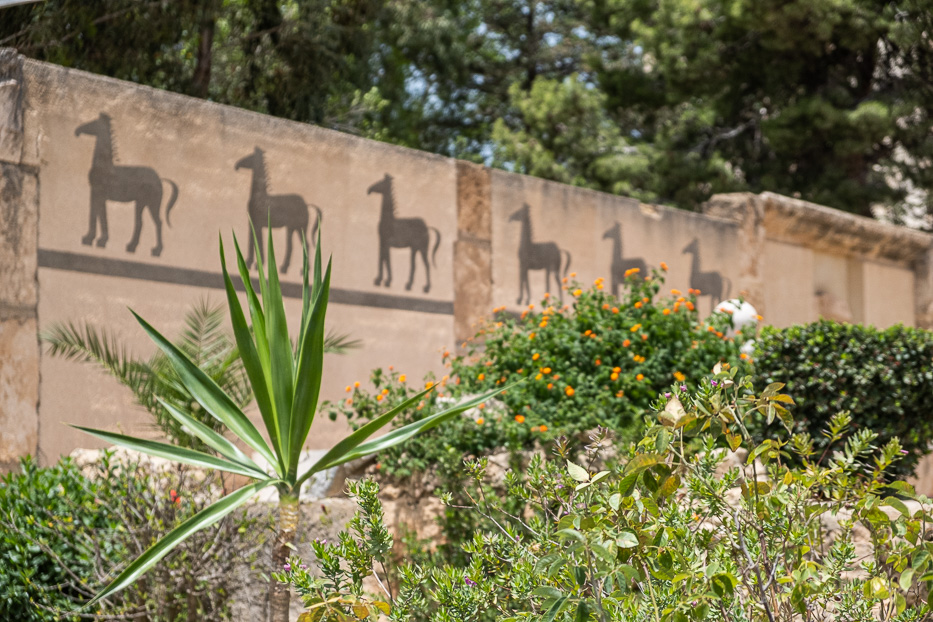
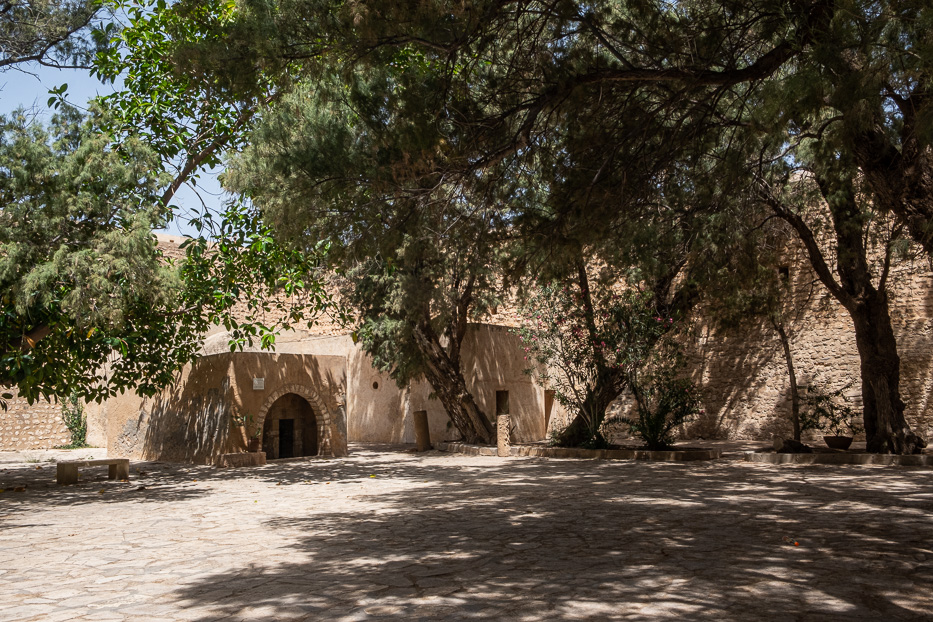
All things written are of course entirely based on my own experiences and are my own honest review.


Leave a reply